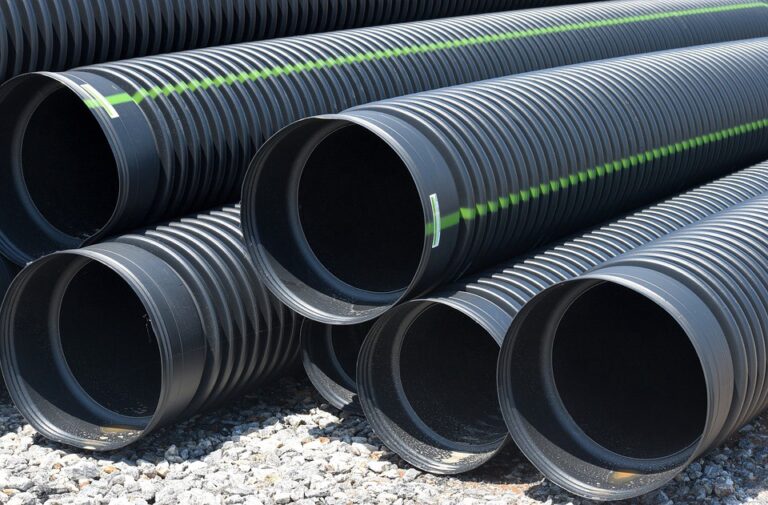Last Updated on March 8, 2024 by Asfa Rasheed
Sydney is recognised for its luxury and advanced hotels, and it is the world’s top 12 most expensive places to live in. The population is over five million, and thousands of houses and buildings with up-to-date infrastructure and a modern water pipe system. But even the most modernised structure can still have problems, especially if you cannot monitor them with your bare eye.
Eventually, there would be damage underground and that you will need a drain relining sydney.
Drain relining
When it comes to drainage issues, broken drain pipes are among the most inconvenient. Aside from being unnoticeable, leaking drain pipes harm the ecosystem by contaminating the soil.
Previously, the only method to repair broken drain pipes in Sydney for many years was just to excavate and replace them, which was a time-consuming and costly operation. Moreover, it was a known tough task since the damaged pipelines were sometimes located metres beneath the earth. Frequently covered behind infrastructures such as roads and driveways.
Drain relining is a method of restoring drainage pipes that involves inserting a new pipe, known as a lining, into an already defective pipe rather than excavating it. It is a type of No-Dig rehabilitation technology that employs a drain sleeve comparable to glass strengthen plastic.
However, Sydney must comply with Australia’s plumbing code, the technicalities for all drainage and plumbing works in NSW and meet all the requirements and conditions of AS/NZS 3500.
Drain relining process
Inspection:
The assessment of drainage pipes is the first step in the drain lining procedure. Unlike Australia’s traditional technique of drain maintenance, which requires pipe excavation, this drain relining procedure employs CCTV surveillance technology. This assessment establishes the origin and degree of any pipe damage.
Debris clearing:
Following the examination, the pipes are cleared to avoid any obstructions throughout the relining process. First, the incursions (for example, tree roots) are cleared with robotic cutters that can cut into concrete and steel. Following that, a groundwater jetter would be used to remove any debris from the pipe. Finally, it ensures that the pipe wall is properly bonded.
Read More: Can You Grow Kratom Indoors?
Lining:
At this point, the technique of relining, and the exact quantity and pipelining required, are determined. So, it is because different forms of liners are utilised in different scenarios. Adaptable liners, for example, are utilised when the pipes are bent, and flexibility is required.
Installing:
There are two methods for installing. The first is accomplished by a technique called inversion. A resin is put through the drain liner and repeatedly turned to guarantee uniform distribution across its body. It would then be put into the affected pipe, applying inflated airbags or water pressure to mould the liner towards the pipe’s walls.
It may also be done using GFRP UV. Then, using ropes and winches, the pipelining is pushed into the broken pipe. And these can be provided by plumbers drain relining sydney.
Again, remember to always comply with PCA, from its code of national construction volume 3 which specifies the technical requirements for building, design, replacement, repair, installation and maintenance.
Curing:
The curing procedure follows installation. It entails hardening the resin to guarantee that the liner remains in place.
Final re-inspection:
Following the repair of the damaged portion of the drainage pipe, a final assessment is performed to verify that the pipe is just as fresh and new.
Drain relining all over Sydney is significantly less expensive than excavations and replacements. Prices, on the other hand, vary depending on the size of the pipes utilised.
